Korean Art History Midterm Flashcards
1/49
Earn XP
Description and Tags
Gold Earrings
Name | Mastery | Learn | Test | Matching | Spaced |
|---|
No study sessions yet.
50 Terms
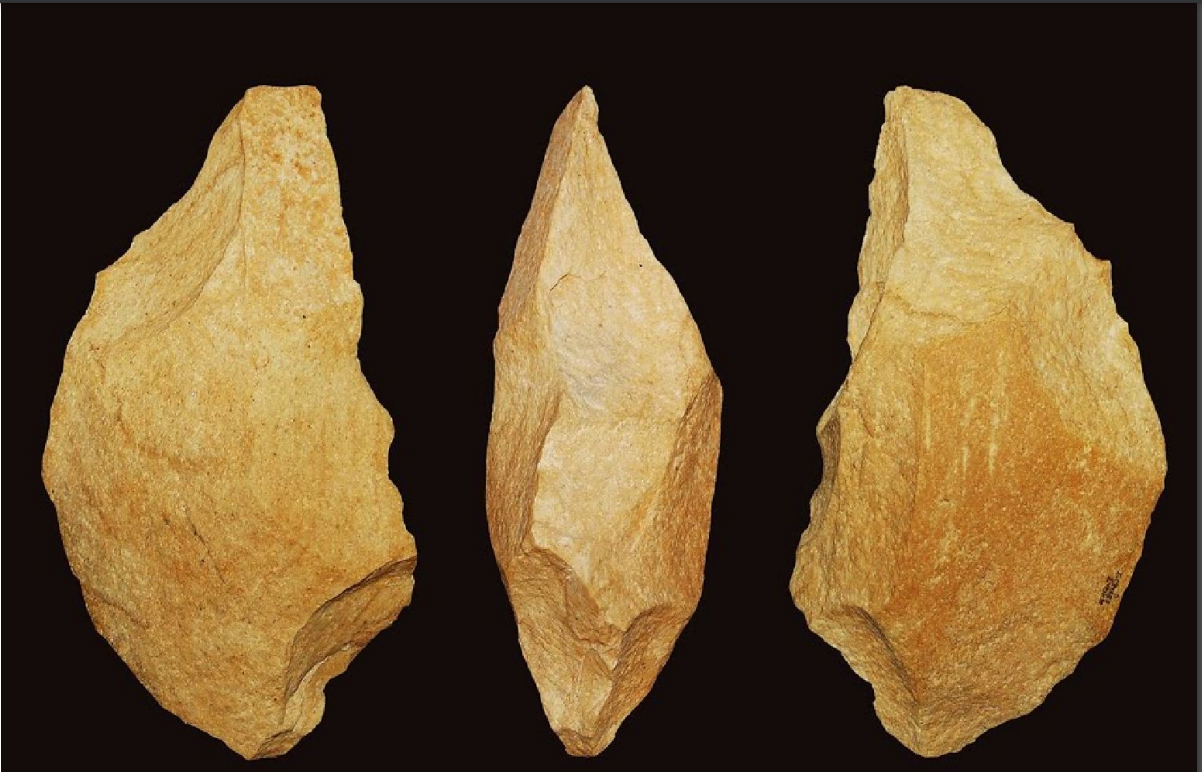
Name, Location, Time Period
Name: Handaxe
Location: Jeongok-ri, Yeoncheon-gun, Gyeonggi Province
Time Period: Paleolithic Period
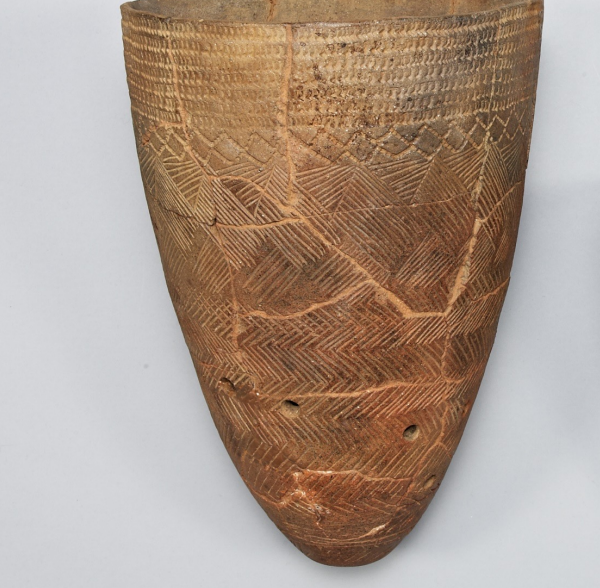
Name, Location, Time Period
Name: Comb-pattern Pottery (bitsalmunui togi)
Location: Amsa-dong, Seoul
Time Period: Neolithic Period (6000-3000BCE)
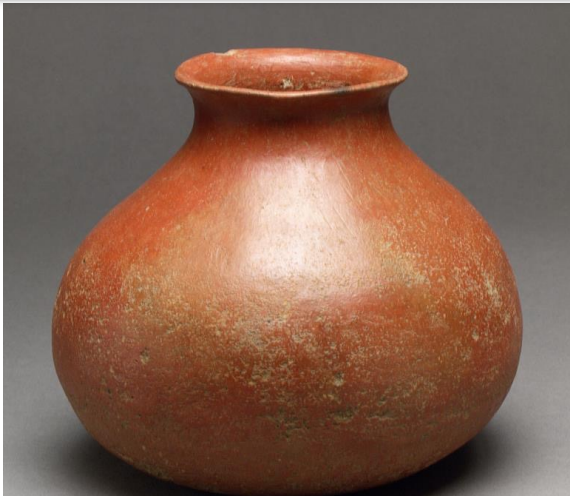
Name, Location, Time Period, Method
Name: Red-Burnished Jar
Location: Metropolitan Museum of Art
Time Period: Bronze Age
Method: Iron Oxide + Fire
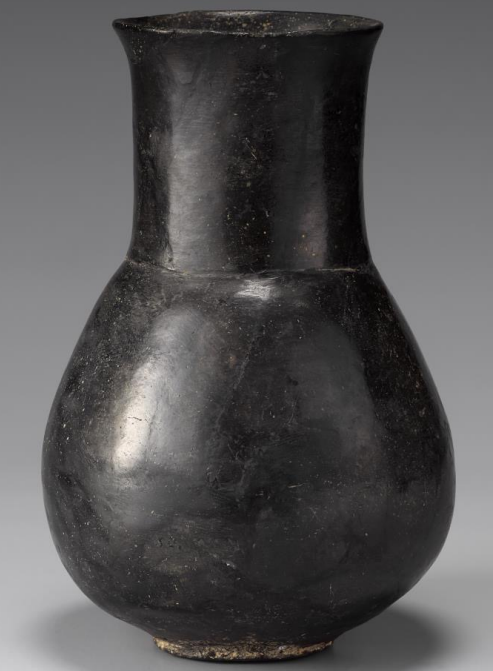
Name, Location, Time Period, Method
Name: Black-Burnished Jar
Location: National Museum of Korea (NMK)
Time Period: Bronze Age
Method: (Black Iron Ore or Powdered Dung) + Fire

Name, Location, Time Period
Name: Liaoning-type Bronze Dagger, Stone Arrowhead, Jade Decorations, and Stone Dagger
Location: Songguk-ri, Buyeo, South Chungcheong (Now in NMK)
Time Period: Bronze Age

Name, Location, Time Period
Name: Korean Type Bronze Dagger
Location: Look at image
Time Period: Bronze Age (3rd Century BCE)
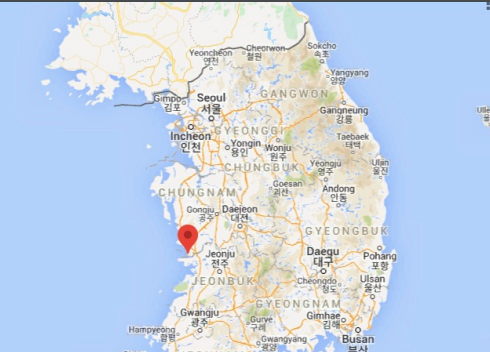
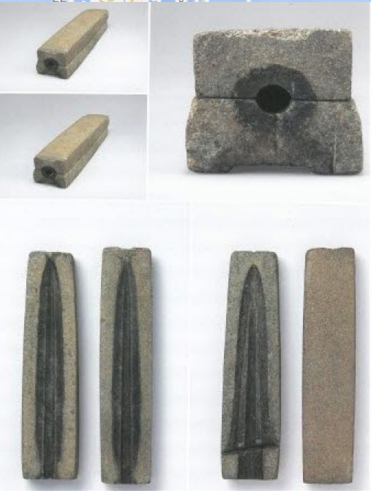
What are these?
Molds for Korean Type Bronze Dagger. Shows these daggers were created in Korea. (Bronze Age)
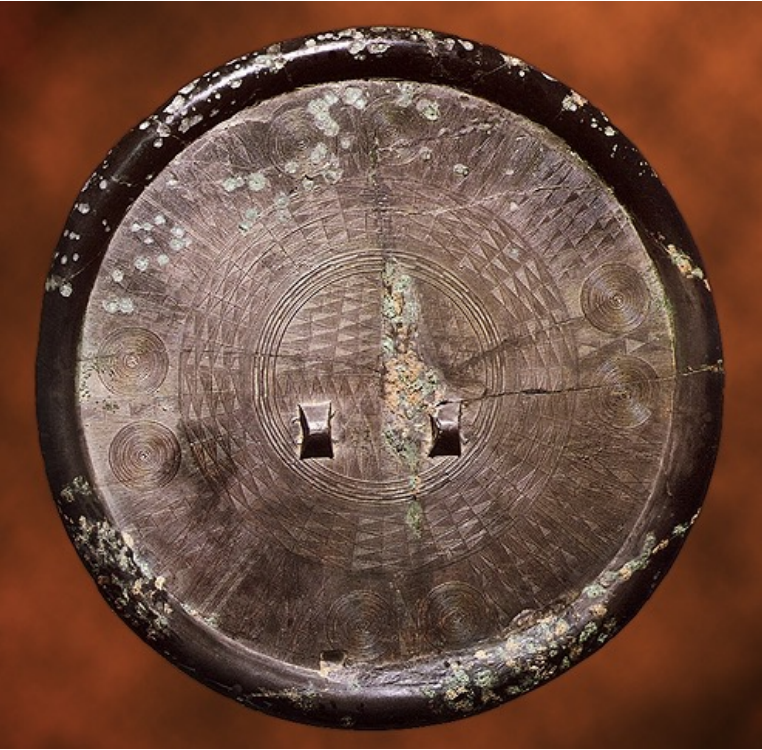
Name, Location, Time Period
Name: Bronze Mirror
Location: Asan-si, South Chungcheong (Now in NMK)
Time Period: Bronze Age

Name, Location, Period
Name: Bronze Ritual Artifact
Location: Daejeon, South Chungcheong (Now in NMK)
Time Period: Bronze Age

Name, Location(s), Time Period
Name: Comma-Shaped Jades (Gogok in Korean, Magatama in Japanese)
Location(s): Found in Siberia & Northeast Asia (a theory of Scytho-Siberian influence)
Time Period: Bronze Age to 6th Century (esp. Silla Kingdom)
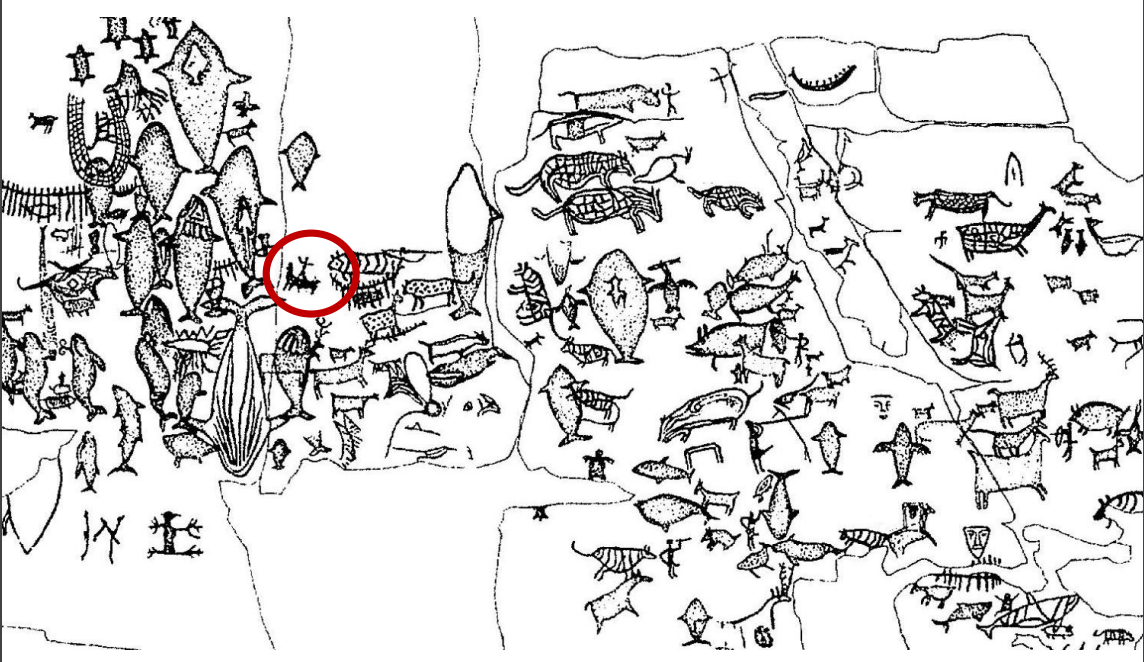
Name, Watch
Name: Bangudae Petroglyphs
Watch:
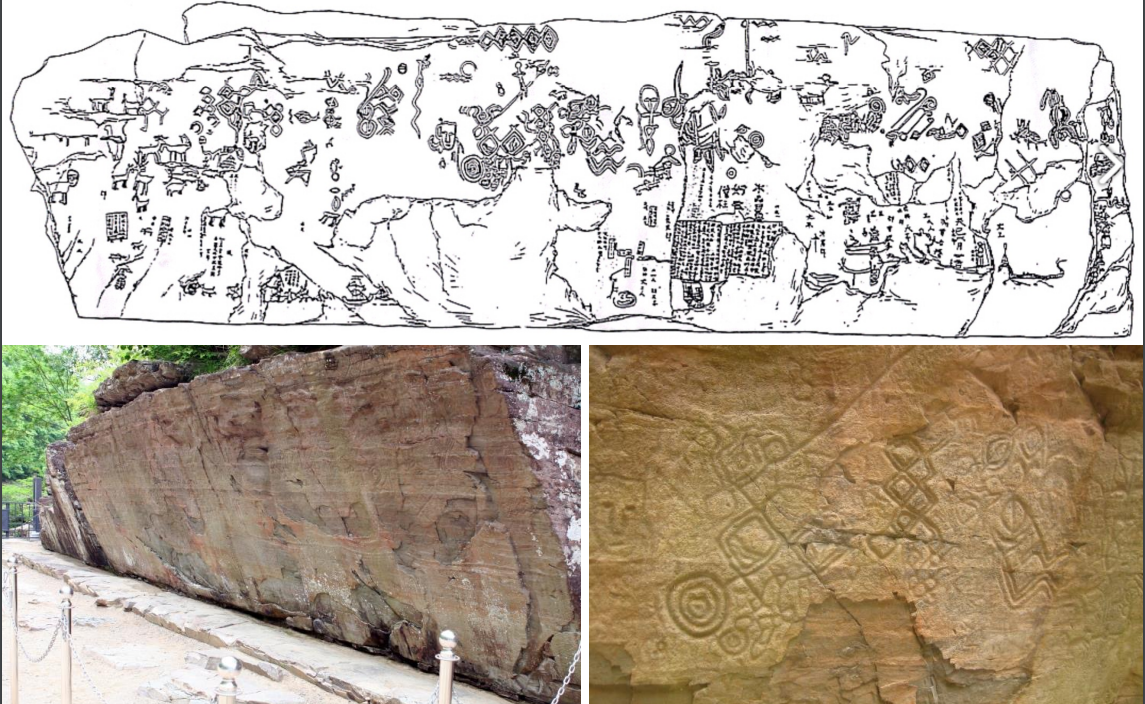
Name, Location, Period
Name: Cheonjeon-ri Petroglyphs (White one maybe ‘the Shamanistic Worldview’)
Location: Pohang, North Gyeongsang Province
Time Period: Bronze Age
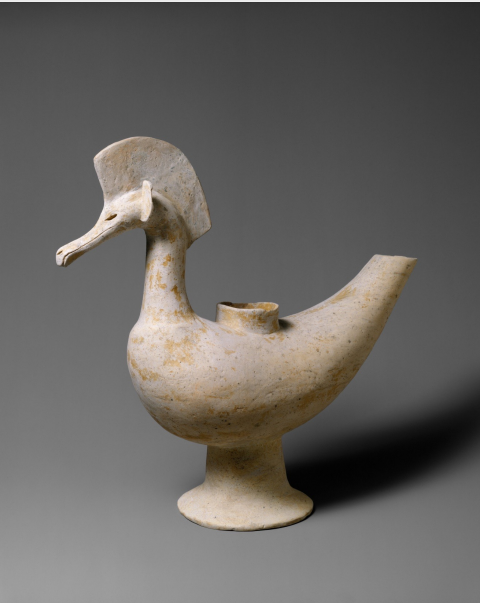
Name, Location, Time Period, Significance
Name: Bird-Shape Vessel
Location: Proto-Three Kingdoms
Time Period: ca. late 2nd–3rd century CE.
Significance: Appearance of sculptural objects
Footed vessel from Chinese bronze vessel
Bird shape vessel associated with funerary ceremony
Bird as vehicle carrying souls to the land of immortals
Intermediaries that back and forth between the heavens and the earth
Vessel for wine
“[Eastern tribes] use the feathers of a large bird to help the spirit of the deceased fly [into heaven].” – “Accounts of the Eastern Tribes,” in Sanguozhi (“Records of the Three Kingdoms”)
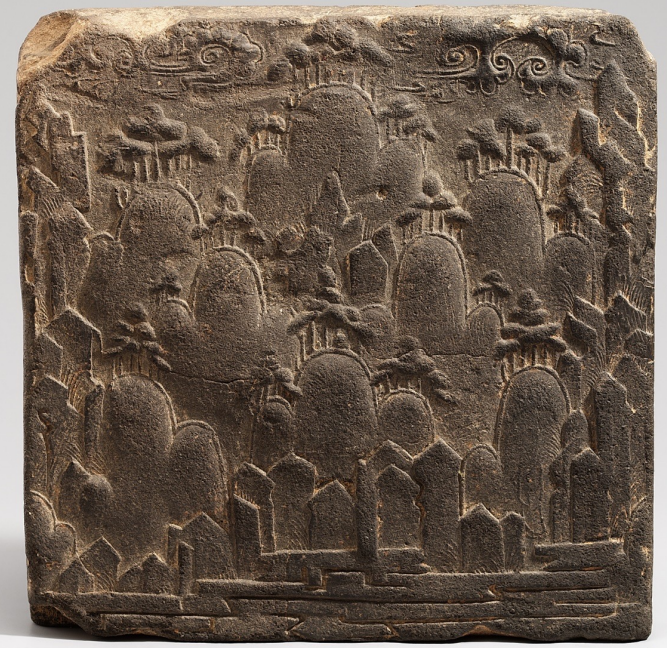
Name, Depictions, Location, Time Period, Philosophy
Name: Earthenware Tile with Landscape Design
Depictions: Mt. Peng-lai (Samshin)?, The ideal dwelling place
Location: Buyeo, Chungcheong P
Time Period, Baekje, 7th Century
Philosophy: Most likely Daoist because it depicts a hermit living on Mt. Peng-lai which is important in Chinese Daoist culture
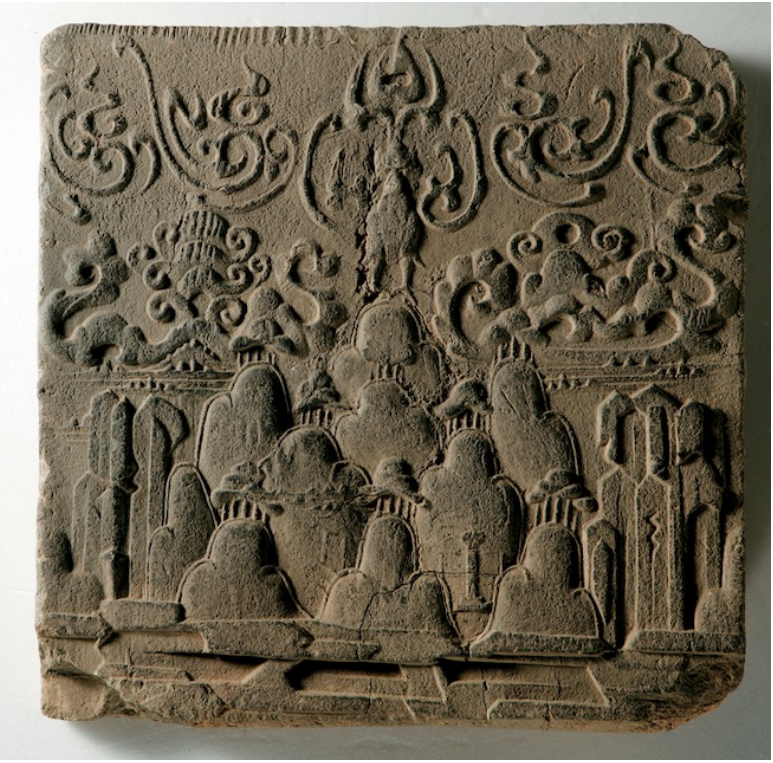
Name, Depictions, Location, Time Period, Philosophy
Name: Earthenware Tile with Landscape Design
Depictions: Phoenix (Sacred Immortal Animal), maybe Taoist mythological compass
Location: Buyeo, Chungcheong P
Time Period: Baekje, 7th century
Philosophy: Daoist
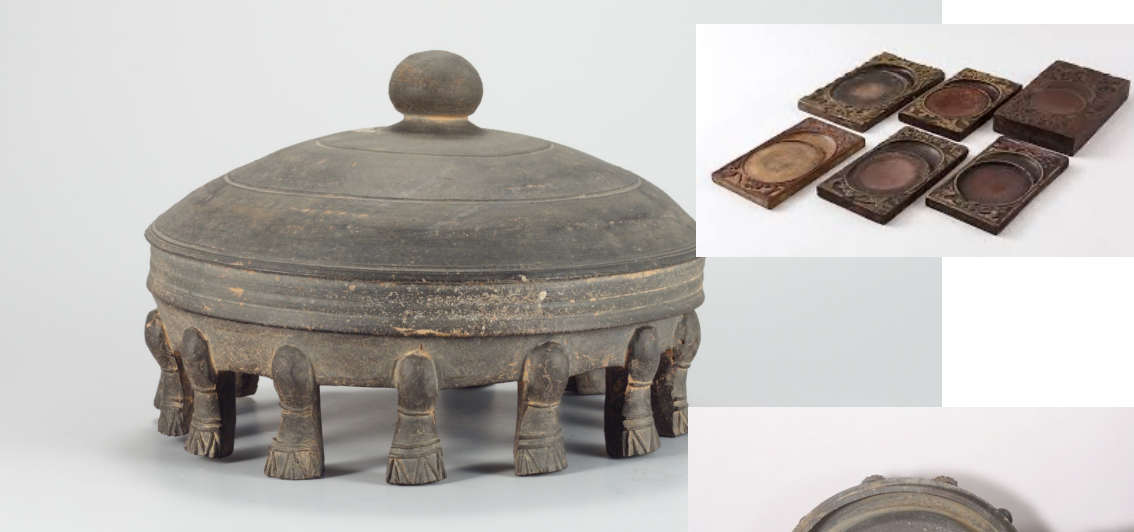
Name, Location, Time Period
Name: Kyongjil Pottery (Stoneware) (Specifically an Inkstone)
Location: Mongchon Earthen Fortification
Time Period: Baekje, 6th-7th century
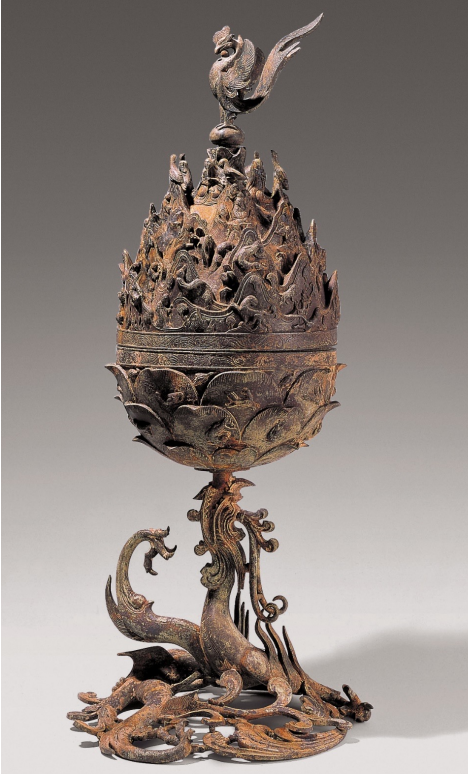
Name, Location, Time Period, Watch
Name: Great Gilt-bronze Incense Burner
Location: Buyeo, Chungcheong P
Time Period: Baekje, 6th-7th century
Watch:
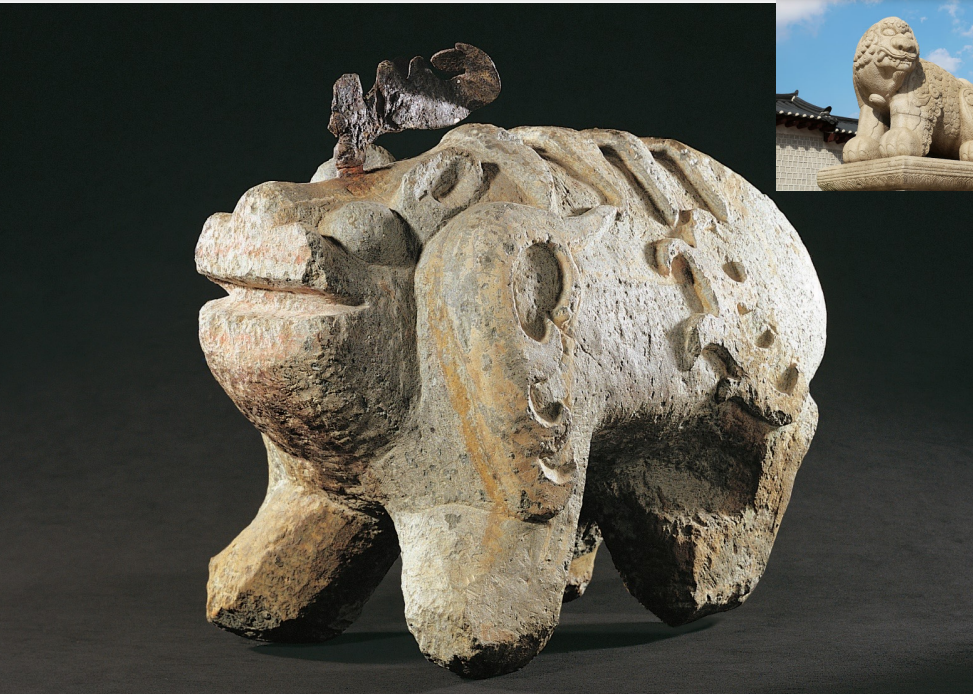
Name, Location, Time Period
Name: Stone Guardian from the Tomb of King Muryeong
Location: Gongju, Chungcheong P
Time Period: Baekje, 6th century
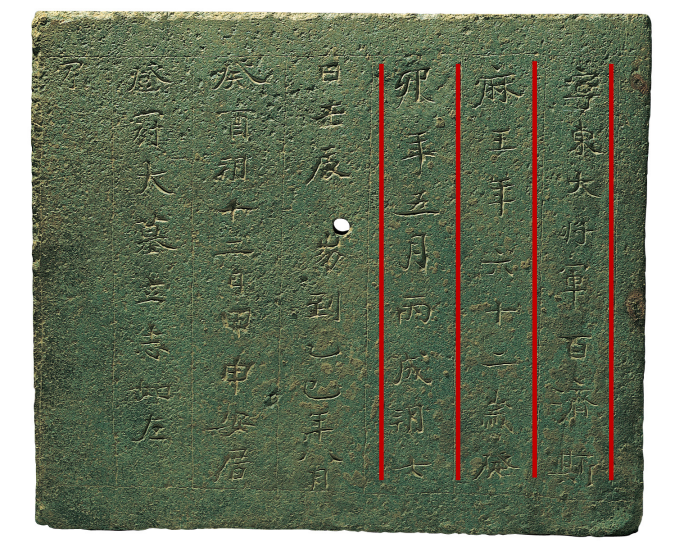
Name, Location, Time Period, Meaning
Name: Buried Memorial Tablet from the Tomb of King Muryeong (the epitaph plaque)
Location: Gongju, Chungcheong P
Time Period: Baekje, 6th century
Meaning: “A general Yongdong, the King Sama of Paekje, died, in 523, when he became 62”
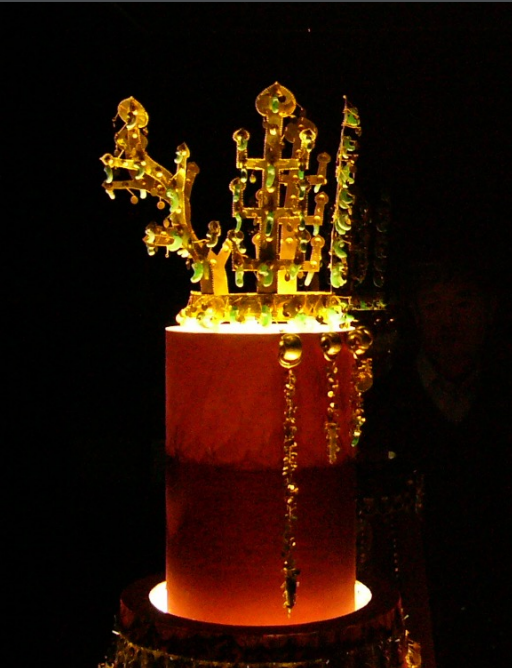
Name, Location, Time Period, Significance
Name: Hwangnam Tomb 98
Location: From Tomb 88, The Great Tomb at Hwangnam Gyeongju
Time Period: kingdom, 5th c. CE.
Significance: 3 treelike vertical forms
Axis-mudi linking earthly and heavenly realms
Shamans moved between the two via tree
2 antler-like prongs
Antlers associated with reindeer (the Eurasian steppe)
The fertility of the earth
Comma-shaped jade pieces
Gogok symbolizing ripe fruits hanging from tree branches
Representing fertility
Crown similar to headgear found in Russian tombs
Connection to Siberian shamanism?

Name, Location, Time Period, Watch
Name: Gold Earrings from Bubuchong Tomb (granulation)
Location: Gyeongju, Gyeongsang P
Time Period: Silla, 6th century
Watch:

Look at next slide too
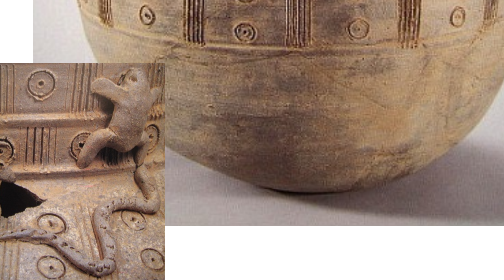
Name, Time Period, What is Figure Holding in Previous Slide?
Name: Large Jar with Applied Figure
Time Period: Silla, 5th-6th Century
Figure: Holding a Korean Zither (Traditional Korean Instrument)
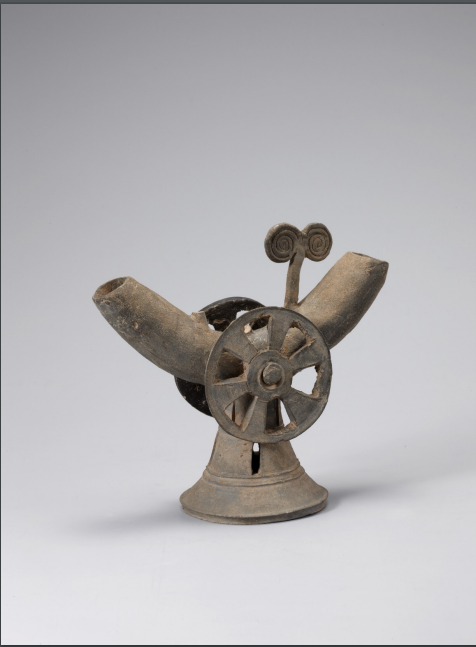
Name
Name: Earthenware Horn Cup with Wagon Wheel Decoration
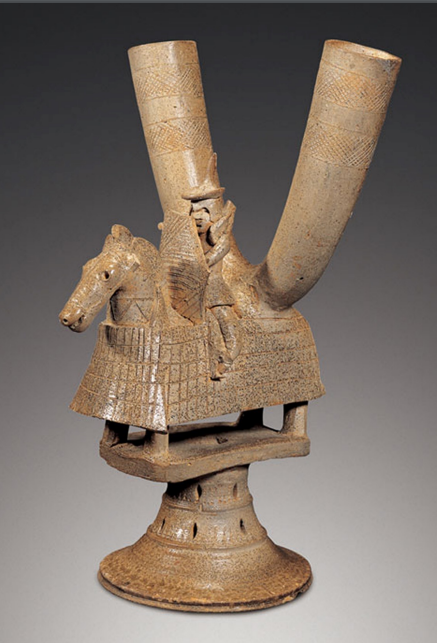
Look at next slide too
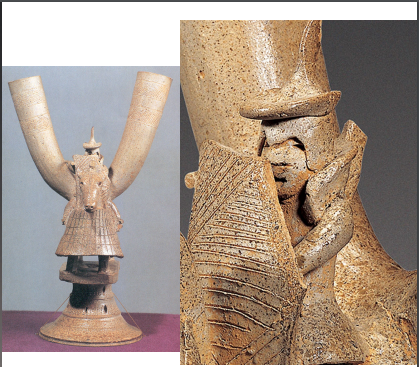
Name, Location, Time Period, Detail in Depiction
Name: Vessel in the shape of a mounted warrior
Location: Gimhae, Geyongsang P.
Time Period: Gaya Kingdom, 5th-6th Century
Detail in Depiction: Scale armor using leather strings

What is being shown?
The deceased master is wearing a Baekna (white silk) crown with a black inner headdress and holds a zhuwei fan in his right hand
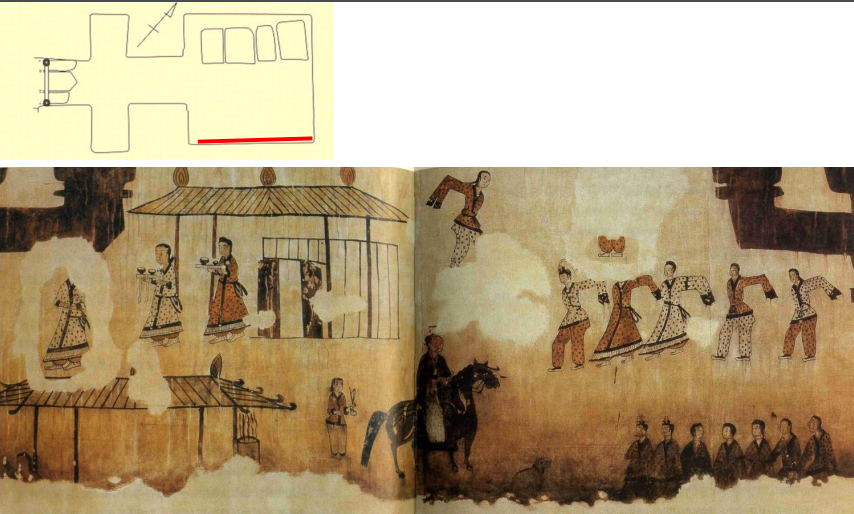
Name
Name: Dancing Scene (Main Chamber)
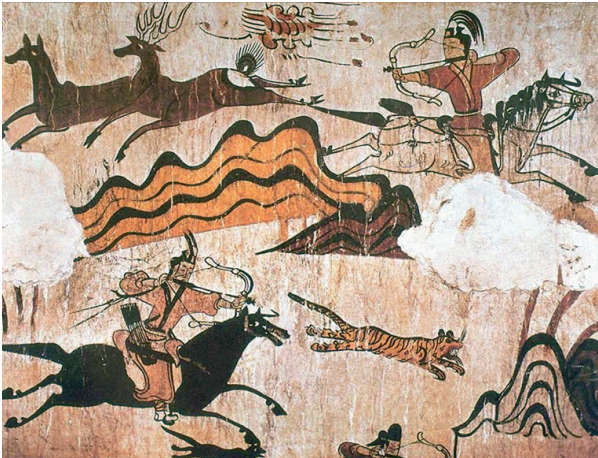
Name, Description, Shooting Pose
Name: West Wall
Description: hunters on horseback armed with bows and arrows chase deer and tigers through the mountains
Shooting Pose: Parthian Shot
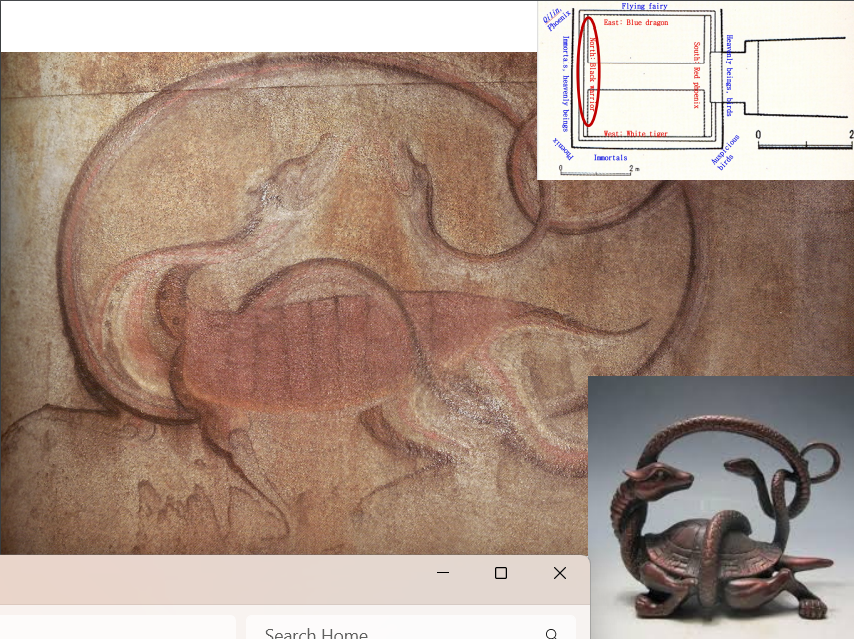
Name: Black Warrior (North Wall)
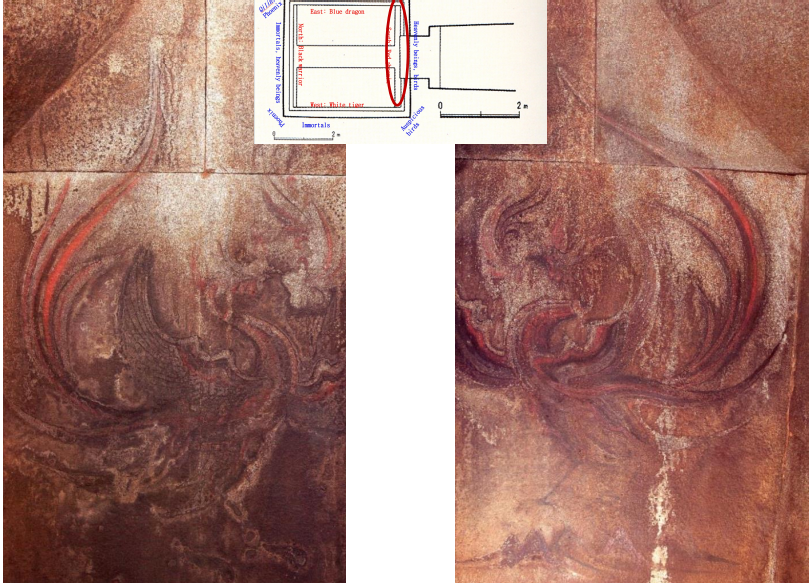
Name
Name: Red Phoenix (South Wall)
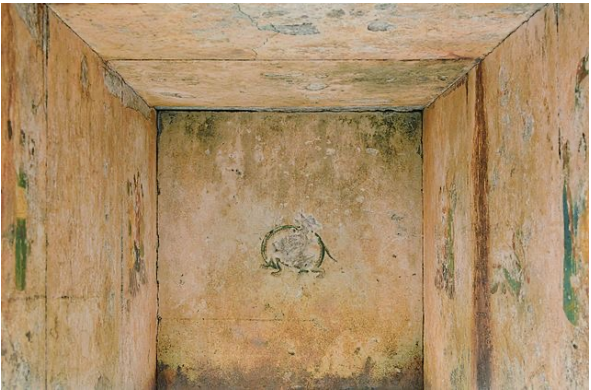
Name, Location, Time Period, Depiction, Influences
Name: Takamatsuzuka Tomb
Location: Asuka Village, Nara Prefecture, Japan
Time Period: 7th-8th century
Depiction: Four Deities + Ladies
Influences: Tang (China), Goguryeo influences
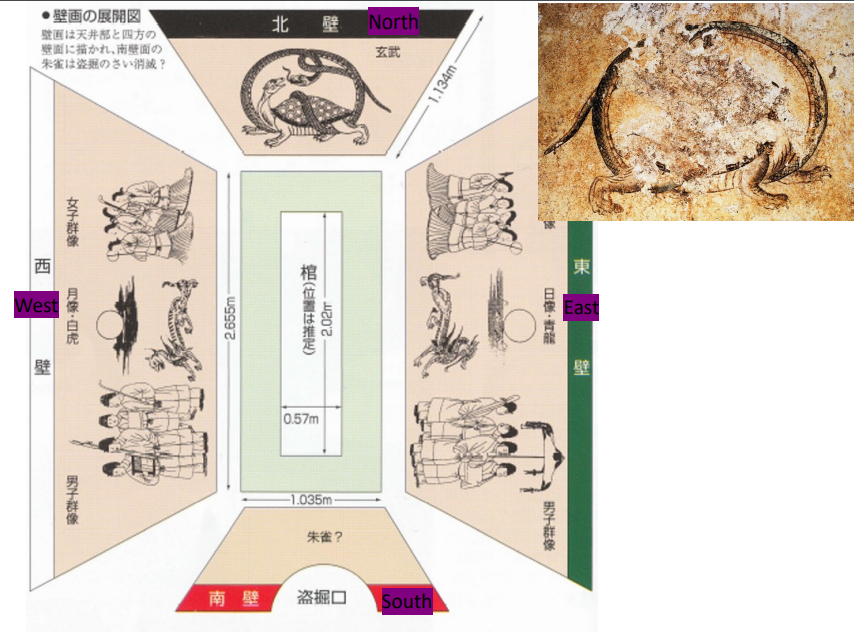
What is this?
This is the Great Tomb of Gangseo. West is White Tiger, North is Black Warrior, East is Blue Dragon. Middle has a golden dragon. Ying and Yang is also a relevant concept.
Chinese: Ying = shade, Yang = sun/light
Taoism: Ying = women (cold/dark), Yang = man (light/work)
Bodhisattva
(Buddhism) enlightened beings who have put off entering paradise in order to help others attain enlightenment (Bodhi = enlightenment, sattva = beings)
Arhat
(Buddhism) a Buddhist who has reached the stage of enlightenment (Human)
Avalokitesvara
bodhisattva of compassion (the attendant of Amitabha)
Vairocana
the embodiment of the Buddhist concept of Emptiness/the center of the universe
Hinayana
“Lesser Vehicle”. Buddhist (aniconic tradition) sect that emphasized self-salvation through self-awakening, self-discipline, and meditation. Emphasized Buddha’s teachings. More primitive Buddhism.
Mahayana
“Greater Vehicle”. Buddhist (iconic tradition) sect that emphasized salvation for other people. Emphasis on images to convey Buddhist teachings. Buddhism in later periods
Chakra Dharma
The message of enlightenment - the Turning of the Wheel of the Law (Chakra=Wheel, Dharma=the Law). Was Gautama Buddha’s first sermon
Jeon’gok-ri Site
Prehistoric site in the Paleolithic Period
Amsadong Site
Prehistoric site in the Neolithic Period
Yunggimun Pottery
Pottery with raised pattern (yunggi (raised), mun (design or pattern)) during 6000 BCE

Goindol (Dolmen Tombs)
Goin (supported or propped) + dol (stone). Large stones essentially balanced/placed atop each other
Wajil Pottery
Earthenware with the same hardness as tile. The use of a closed fire kiln and higher temperatures brought about soft stoneware. Introduction of the potter’s wheel and color change from reddish orange into gray and brown (kyongjil pottery).
Kyongjil Pottery
Stoneware pottery. Appeared after replaced wajil pottery. More gray and brown
Granulation
Metalworking technique where tiny metal beads (granules) are fused to a surface, typically without visible solder, to create intricate patterns or textures. Beads cut from thin wire
Parthian Shot
A military tactic used by ancient Parthian cavalry, where archers would retreat on horseback while turning their bodies to shoot arrows at pursuing enemies
Black Turtle
Displayed on North wall of Gangseo Tomb. Depicted as a turtle entwined with a snake, symbolizing protection and longevity.